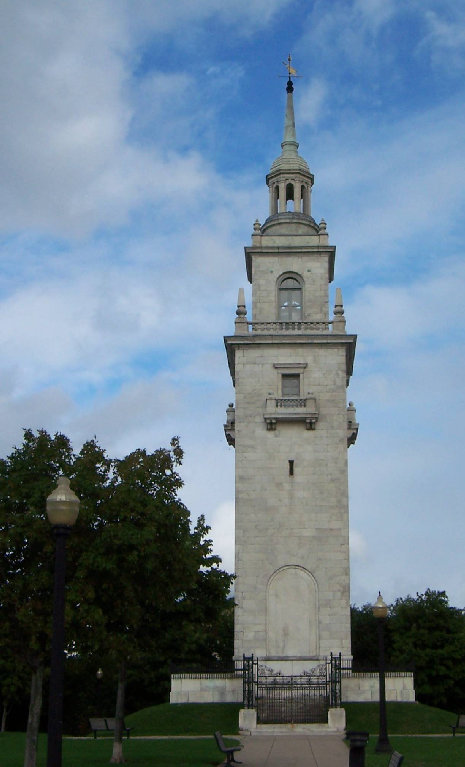
The Siege of Boston & The Noble Train
On April 19th, 1775, following the Battles of Lexington & Concord, the New England Militiamen surrounded the town of Boston limiting supplies to the British troops garrisoned within. Although the British technically won the Battle of Bunker Hill, one of the numerous skirmeshes during the siege, their casualties were so severe that it left them unable to break the siege. The stalemate lasted for eleven months until newly elected Commander-in-Chief George Washington decided to go with the plan of a 25 year old bookseller turned soldier, Henry Knox. The most coveted real estate in pretty much any military campaign is the high ground. In this case, that would be Dorchester Heights which overlooks both the city & Boston Harbor. But, Washington was reluctant to occupy the Heights because he feared his ill-equipped militia would be unable to hold off a British assault. He needed bigger guns. One of the skirmeshes during the siege resulted in the capture of Ft. Ticonderoga which housed some 60 tons of artillery. Problem was, Ft. Ticonderoga was 300 miles away & winter was fast approaching. Washington agreed to Knox's plan. So, Knox & his team of engineers left for New York & arrived December 5th, 1775. Once there, they hitched up the 60 tons of cannon & ammunition to ox drawn sleds creating what would be called "The Noble Train" & proceeded back to Boston. They guided the train through harsh weather, the swamps & hills of the Berkshires, snow-covered ground & frozen rivers, all the while avoiding the enemy. They avereged a little over five miles a day & completed the journey on January 24th, 1776. On the night of March 4th, 1776 1,200 American soldiers took Dorchester Heights unopposed, built fortifications & hauled the cannon in place covering the wagon wheels with straw to minimize noise. On March 5th the British awoke to see the American position to which General Howe is said to have exclaimed, "My God! These fellows have done more work in one night than I could make my army do in three months!" The British attempted a barrage but the Heights was out of range & on March 8th a letter was sent to Washington stating that the British would not burn the city if they were allowed to leave. Washington formally rejected the letter since it was not addressed to him by either name or rank. Still, the British were allowed to evacuate & on March 17th they did just that, leaving America free of British occupation for the only time during the war.
Dorchester Heights
Click image to enlarge.
